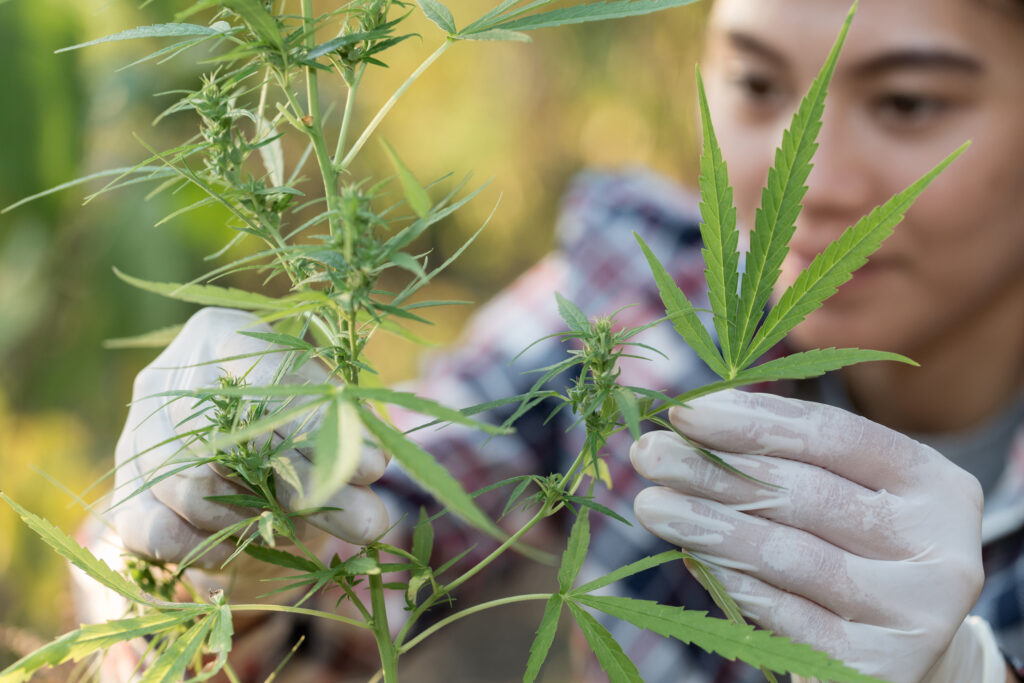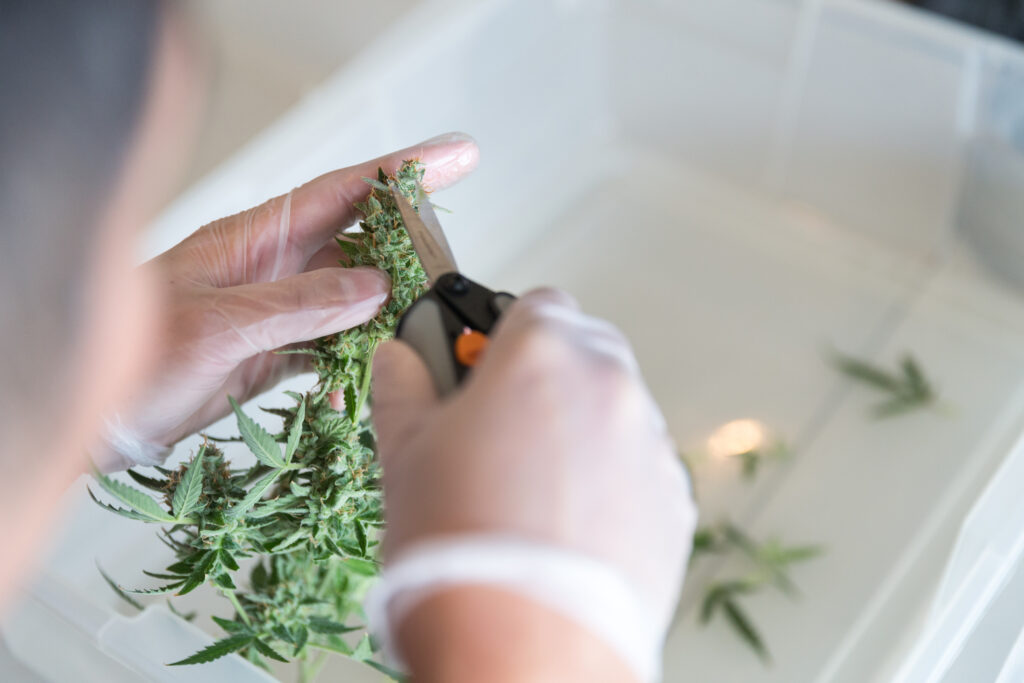
The process of safely cultivating cannabis for production and retail can be challenging, but also rewarding when done correctly. Although the process requires more resources than outdoor growth, cultivating cannabis indoors has many benefits, including the potential to yield a higher quality product, greater control of the harvesting process, and greater adaptability to seasonal changes. Taking Canada’s long winters into account, growing cannabis indoors often leads to better outcomes than attempts to cultivate outside.
If you’re interested in pursuing a career in the cannabis industry, understanding the key practices involved in indoor cannabis cultivation will help you to implement a safe and effective process after completing your training. Learn more below!
After Cannabis Training, Make Sure to Set Up the Right Indoor Climate
Creating an environment in which cannabis will be able to grow is essential for cultivating a healthy plant. After cannabis training, make sure your facility’s indoor setup has the following characteristics:
- Ventilation or access to outdoor air
- A cool, dry climate: If growing in a humid or very cold area, a heater and dehumidifier may be required to create the optimal climate
- A consistent rate of 40-50% humidity
- A temperature of 21-29 degrees Celsius with grow lights on, and a temperature of 14-21 degrees Celsius with lights off
These conditions will help to avoid the creation of microclimates, prevent mould and mildew from infecting cannabis plants and promote healthy growth

After cannabis training, creating the right indoor environment will promote healthy growth
Plan for Lighting
There are many different types of grow lights used in the indoor cannabis cultivation industry. As a professional cultivator, you’ll be working to identify the grow lights which promote the healthy growth of your plants. Common lighting used to cultivate cannabis indoors includes:
- HID lights: High-intensity discharge lights, the industry-standard
- LED lights: Light-emitting diode lights, which are more efficient yet more costly
- Fluorescent lights: The cheapest, yet least efficient option
Additionally, you’ll want to have a timer for your lights in order to ensure that the cannabis plants receive a consistent amount of light throughout their growth period.
Find a Source of Airflow
For professionals in cannabis careers, finding the right source of fresh air for cannabis plants is crucial, as the photosynthesis process requires carbon dioxide drawn from the air. In addition to the space being equipped with a window or another form of ventilation, the following fans should be installed:
- Exhaust fan: Located on the ceiling of the indoor space, this fan will remove excess warm air to make room for cool air
- Small, individual fans: Positioned throughout the space to provide consistent airflow
- Air conditioner: If temperatures are higher than normal as a result of the heat radiated by grow lights, an air conditioner may be needed to bring the temperature down.
Airflow prevents a lack of carbon dioxide and allows for a consistent level of humidity needed for the healthy growth of cannabis plants.

Airflow is important within an indoor growth space
Identify the Right Soil or System of Growth
Given the technological advancements within the cannabis industry, there are two main types of growth mediums that can be used for cannabis cultivation. These include
- Traditional soil: The more organic matter and nutrients, the better
- Hydroponics: Roots are suspended in water, allowing them to absorb nutrients with ease.
The medium chosen will depend on the technology and resources available to your facility, as well as your cultivation goals (yield, quality, size of bud, etc.).

Choose a growth system that suits your cultivation needs
Know When to Harvest
The harvesting process, as well as the time in which cannabis should be harvested, will depend on the strain being cultivated. Here are a few tips for knowing when and how to harvest cannabis for retail purposes:
- Look for red hairs on the cannabis plant, rather than white ones
- When harvesting, hang dry the plants to allow the remaining leaves to protect the beds
- Dry for at least a week before removing the remaining dry leaves and storing them in glass jars
Now that you know the basics of cannabis cultivation, you’ll be ready to cultivate and harvest cannabis after completing your training at AAPS.
Are you interested in a cannabis online college?
Start training for a career with a program at AAPS.



